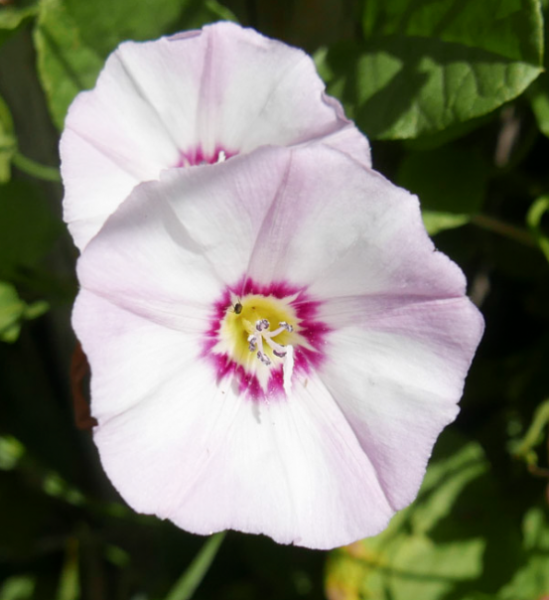If you are trying to improve your botanical skills a good place to start is the BSBI plant identification page. There are links here for beginners and more experienced botanists including recommendations for field guides, mobile phone apps, and websites. BSBI also has a range of videos to help with identification, and other botanical subjects. You’ll also find a link here to the ever-expanding training information provided by the National Plant Monitoring Scheme (NPMS), a BSBI/Plantlife initiative. Anyone can access the online training provided by NPMS.
If orchids are your thing you may find this guide from the Natural History Museum useful. They have also produced a Vegetative Guide to British Orchids.
Below we’ve collected some presentations and keys on plant identification by SRPG members. So far we have information on Duckweeds, Eyebrights, Field Bindweed, Gorse, Primroses, and Speedwells. You may also be interested in looking at our Dandelion project.
Photos: Duckweed, Helena Crouch; Gorse, Roger Griffith (public domain); all others Val Graham.

Presentation by Helena Crouch and Fred Rumsey, updated by Helena in 2023, to clarify some of the identification features in line with the latest thinking and to update the distribution maps.
A guide to the features of common Gorse, Western Gorse and their hybrid by Jeanne Webb and Ro FitzGerald


A presentation by Margaret Webster
Primrose flowers have two common flower forms known as “pin” and “thrum”. South-east Somerset and North Dorset also have the greatest concentration of a rare third “homostyle” form. These variants and insights into the underlying genetics are explained in this presentation from 2017. A map showing the relative frequency of these forms locally is available here.


